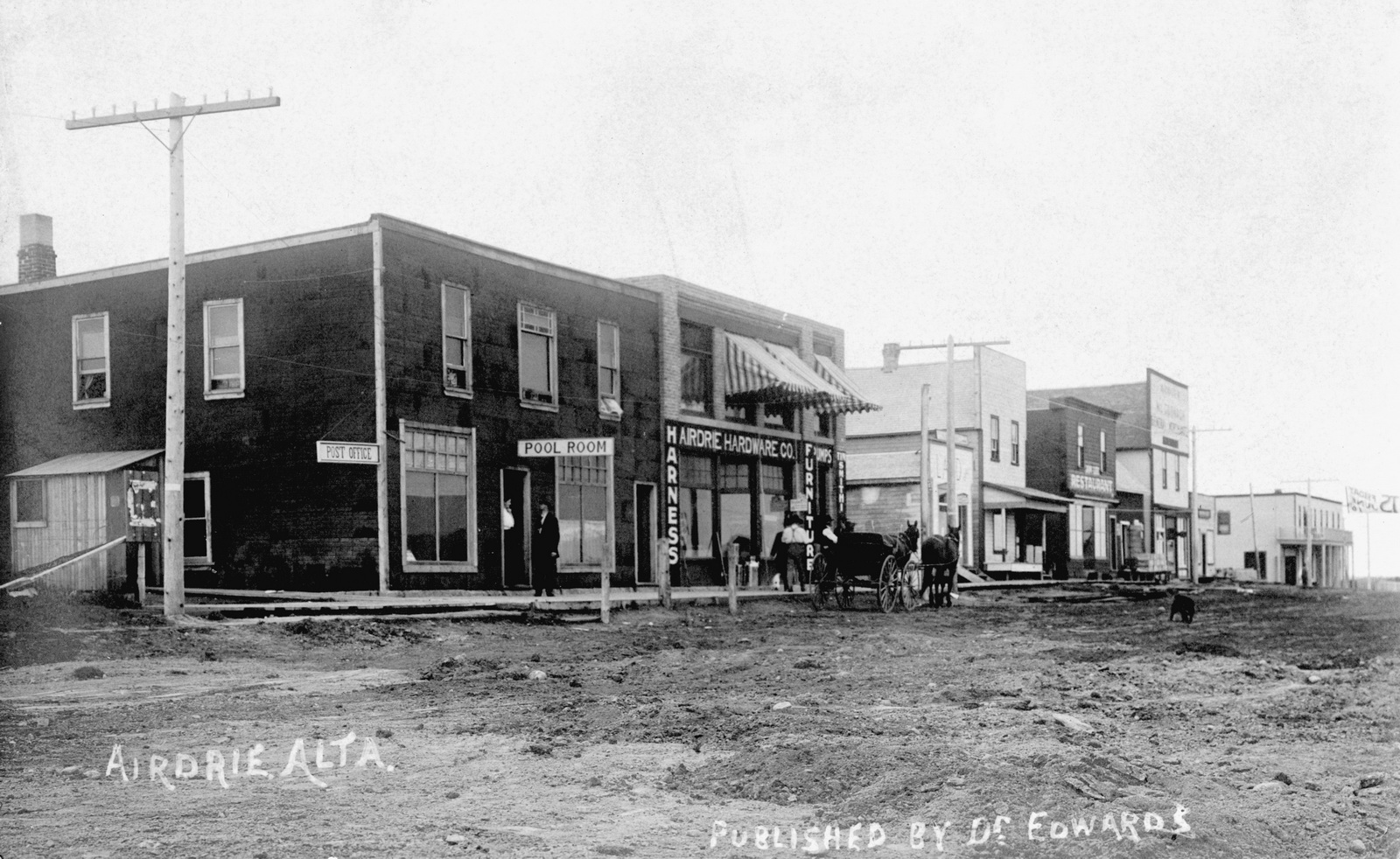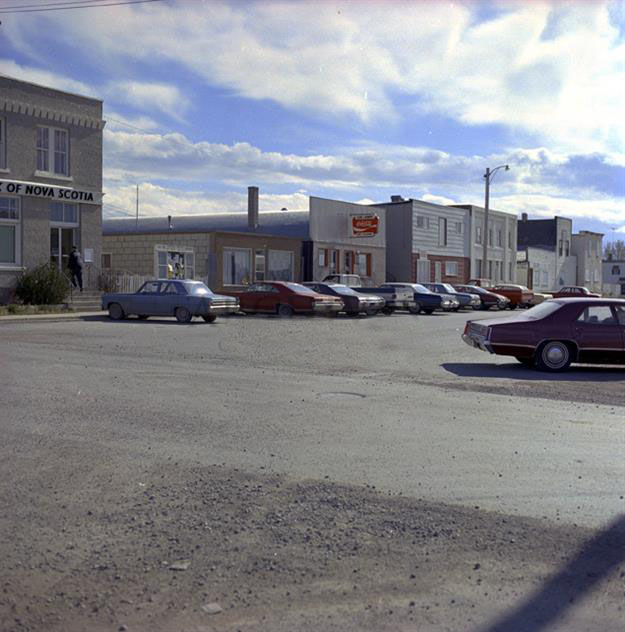I guess this is more for the urban development thread but I don't know how to link it

The Airdrie project has gotten me thinking:
I wonder if Airdrie will ever get into the "urban" game - e.g. sidewalks or buildings that could be considered pedestrian-oriented. Of course it's growth model and ethos has only been one of hyper-sprawl and complete automotive dominance, without the benefit of a traditional main street of a historic town (having a population of only 1,000 in the 1970s will do that to your urban form). This is seemingly a flaw in most of our true suburban cities - too small before the rise of automotive sprawl to have much of a local character or history with enough weight to balance the tens of thousands of car-oriented tract sprawl migrants to come from 1970s - present. That "small town feel" used to mean something entirely different before these communities evolved to be little more than bedroom communities for a booming Calgary.
Calgary's internal suburbs have begun evolving due to financial cost of services and competition pressures. Transit, amenities and mixed housing typologies are becoming universal as well as the density to make them at least *a bit* more fiscally sustainable. They are marketing themselves as more "urban" as the definition of what a suburb means is shifting. West District, Westman Village and the future Blue Line communities in the NE like Redstone and Skyview, are example of this new pseudo-urban approach of the burbs as the days of purely SFH tracts is fading. Perhaps not fast or complete enough for some, but the signs or change are all present with real examples already in the ground.
My TL/DR: Airdrie and other communities show no signs of transitioning from more than a purely auto-oriented burb... yet. Laval near Montreal, the GTA's burbs of Vaughn, Brampton and Mississauga were once much the same. All have turned the corner - to varying degrees - as congestion mounts and a 6,000 population became 60,000 then 600,000. Will we see Airdrie et al. evolve the same one day?






